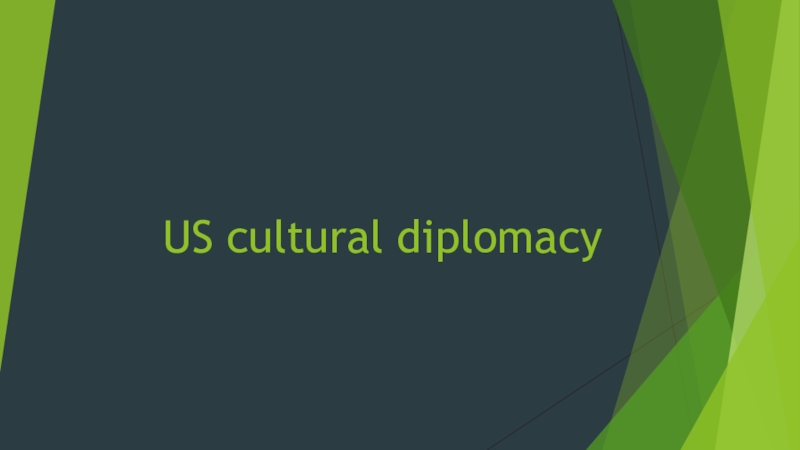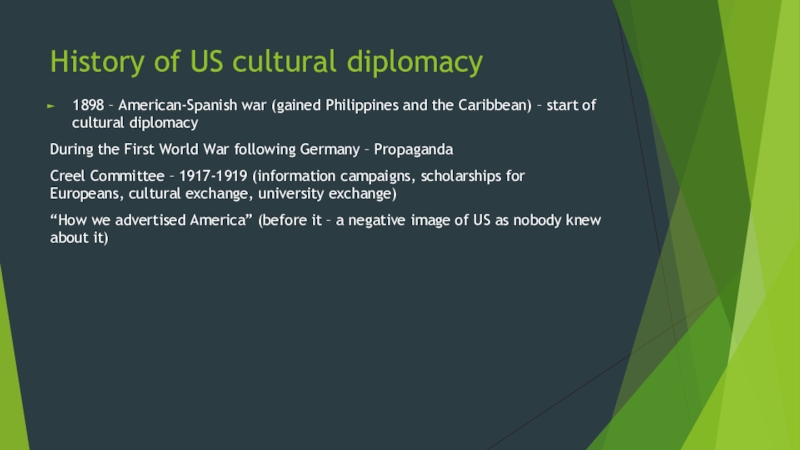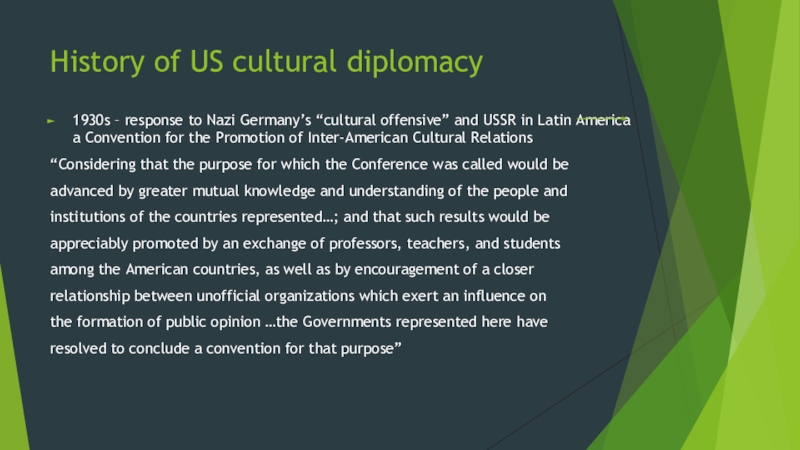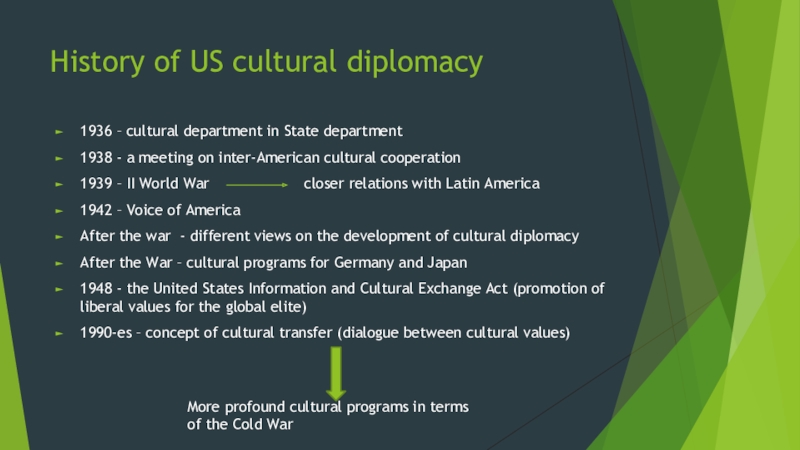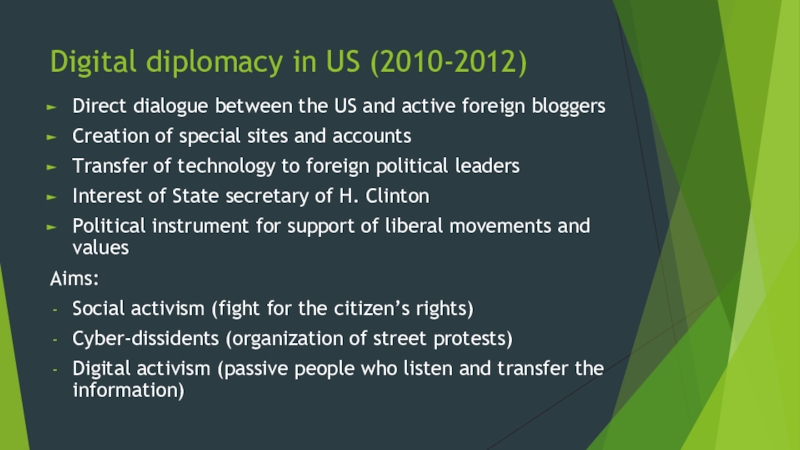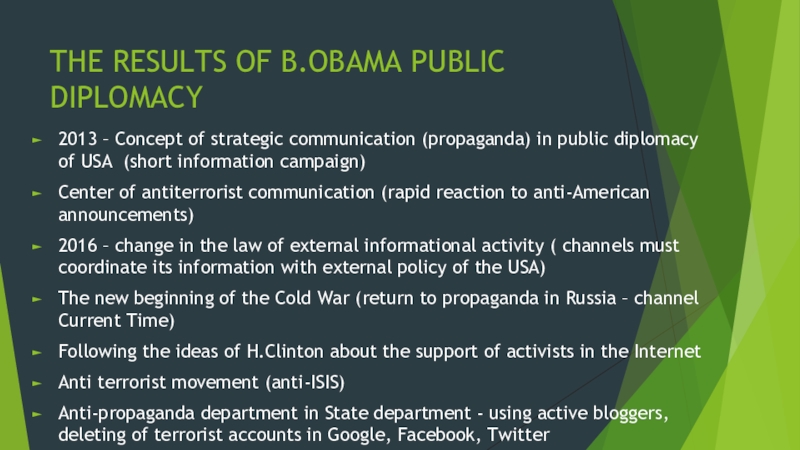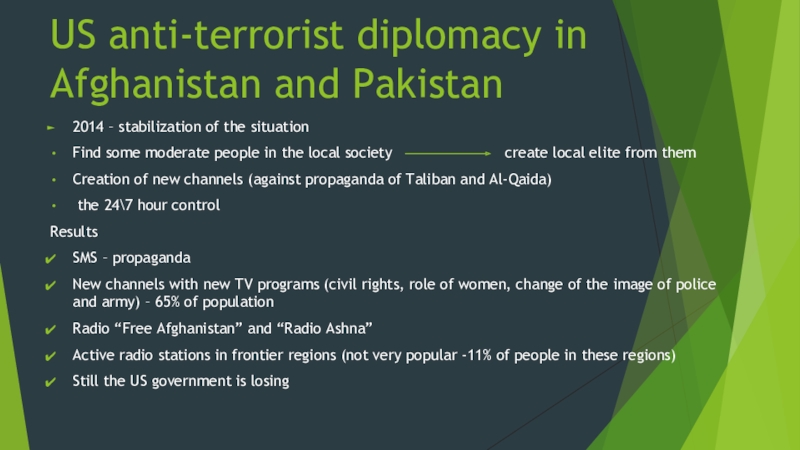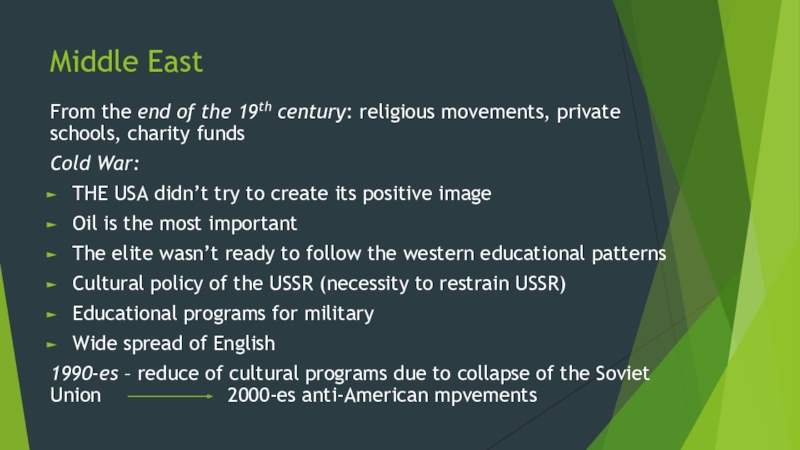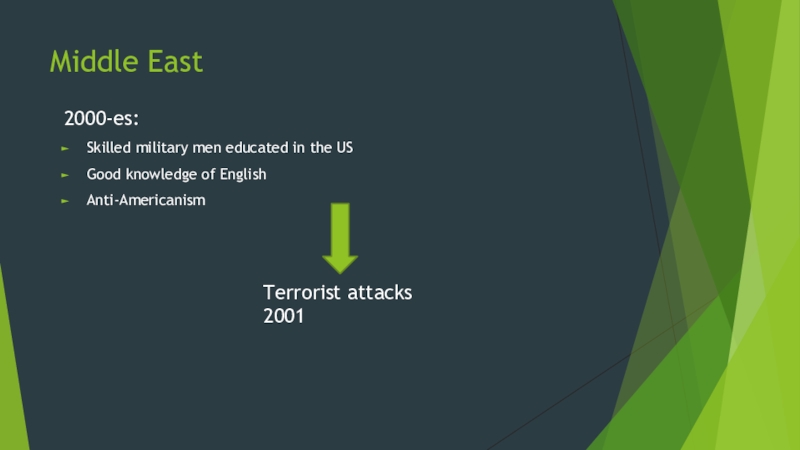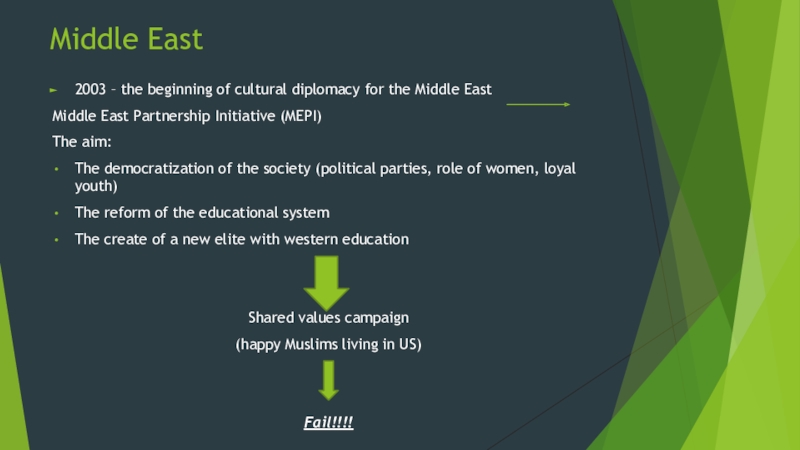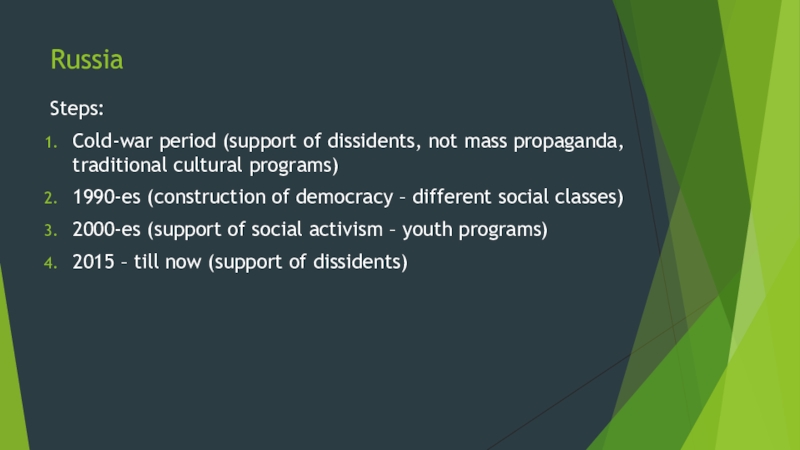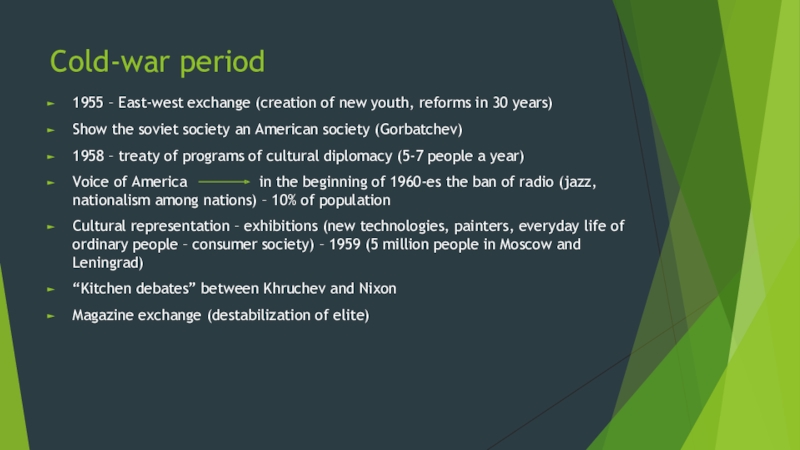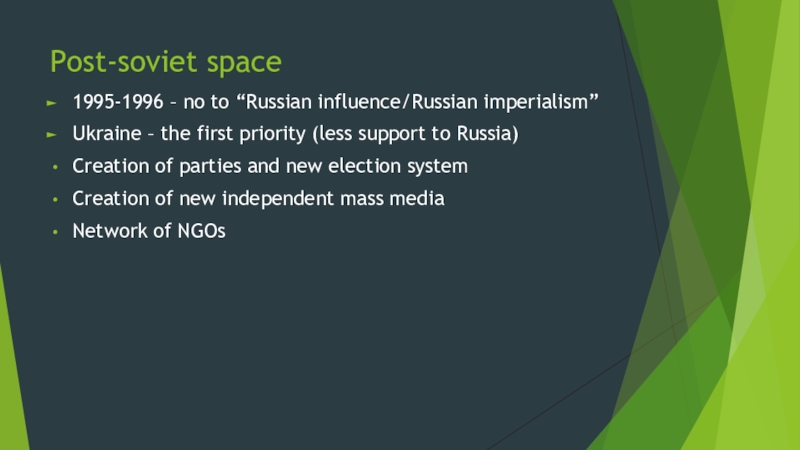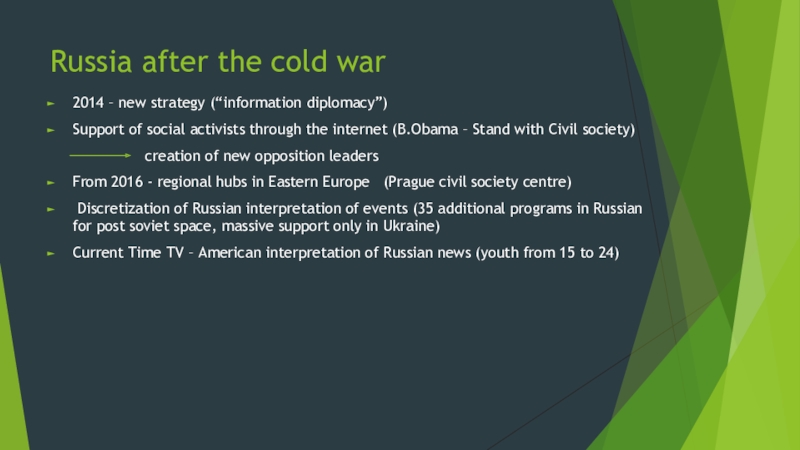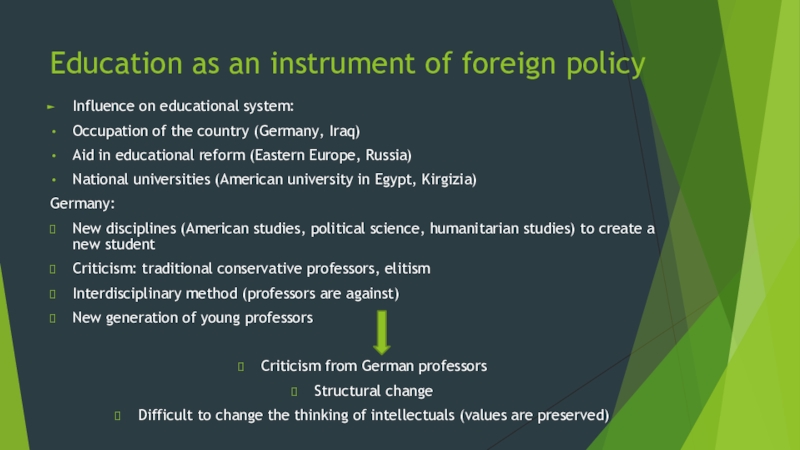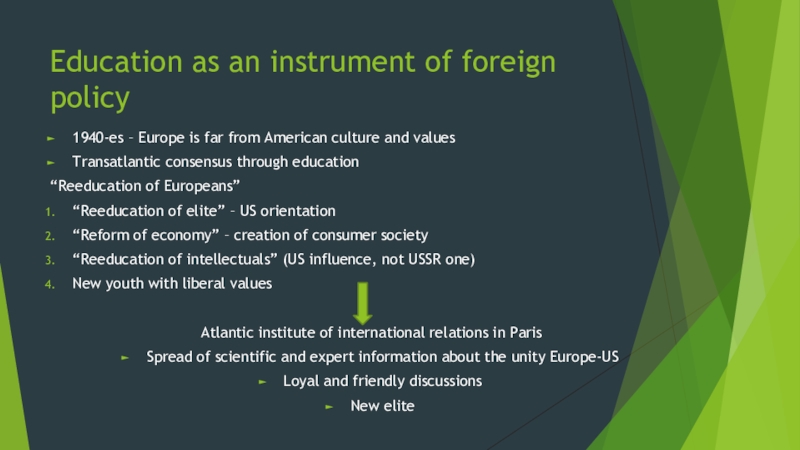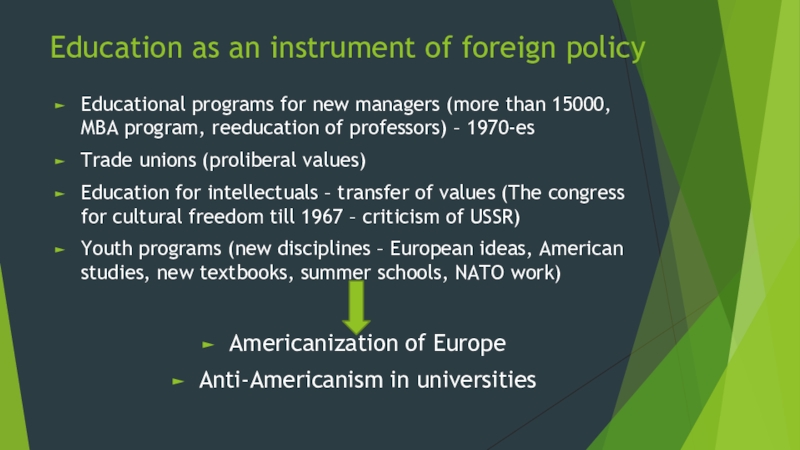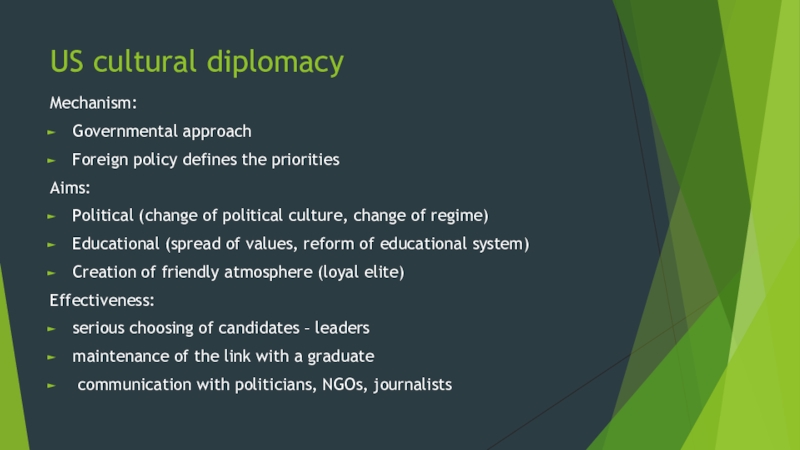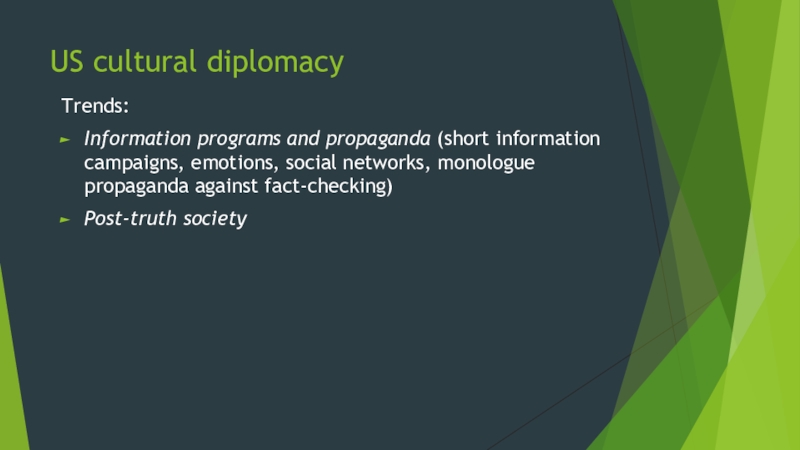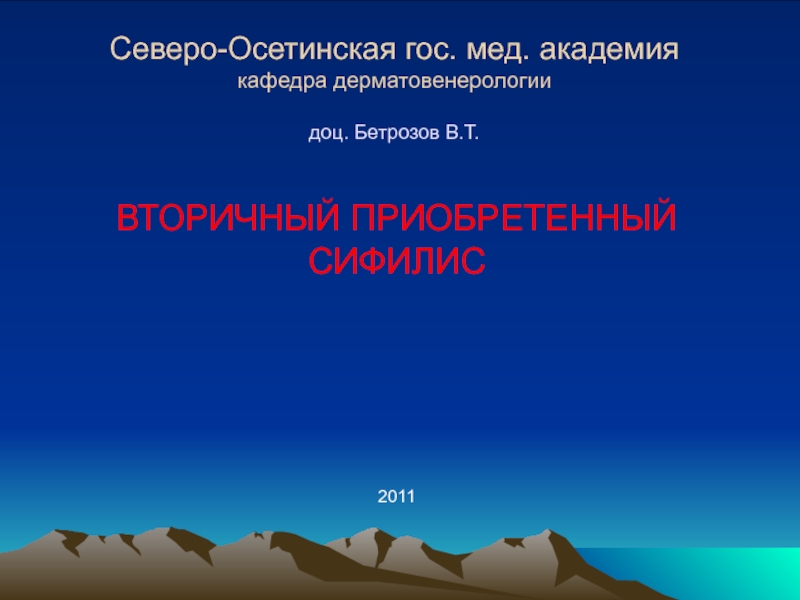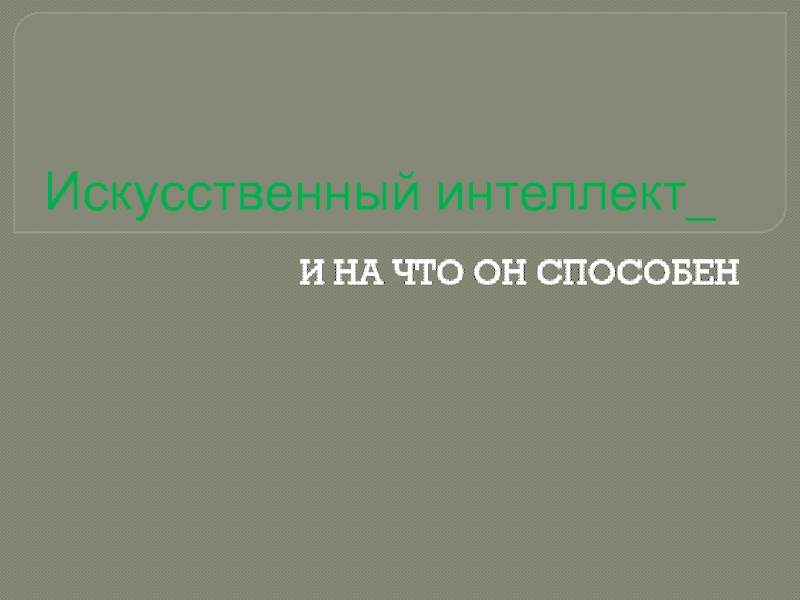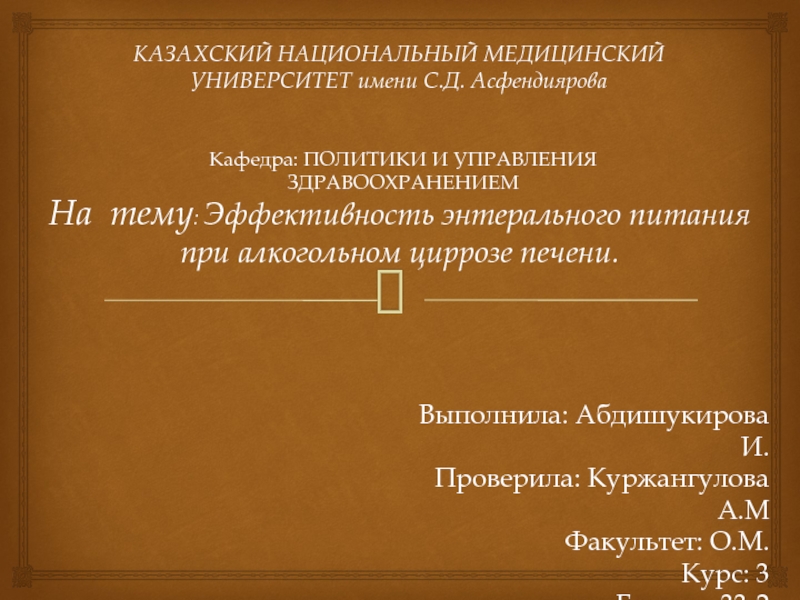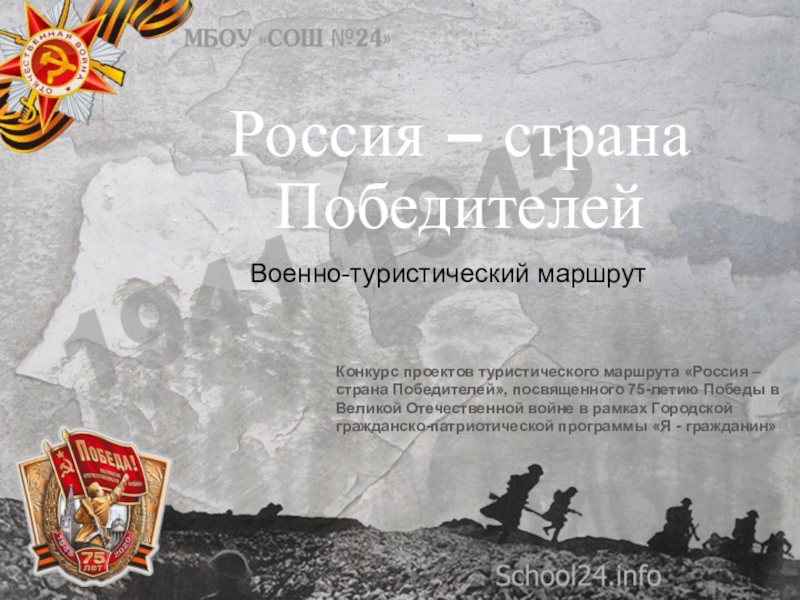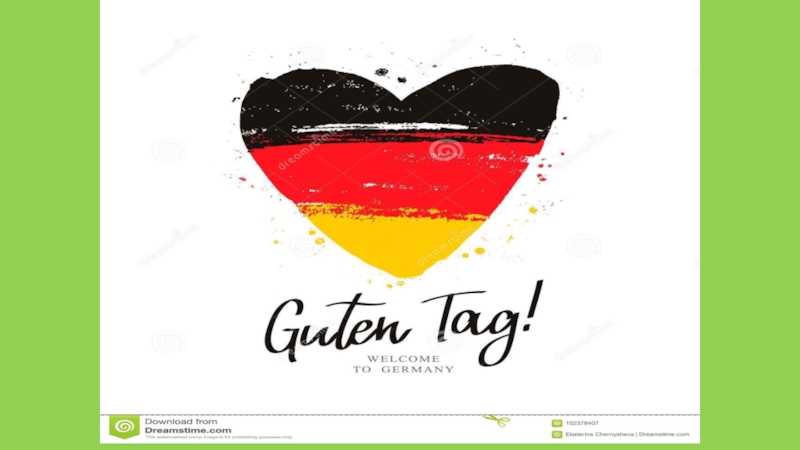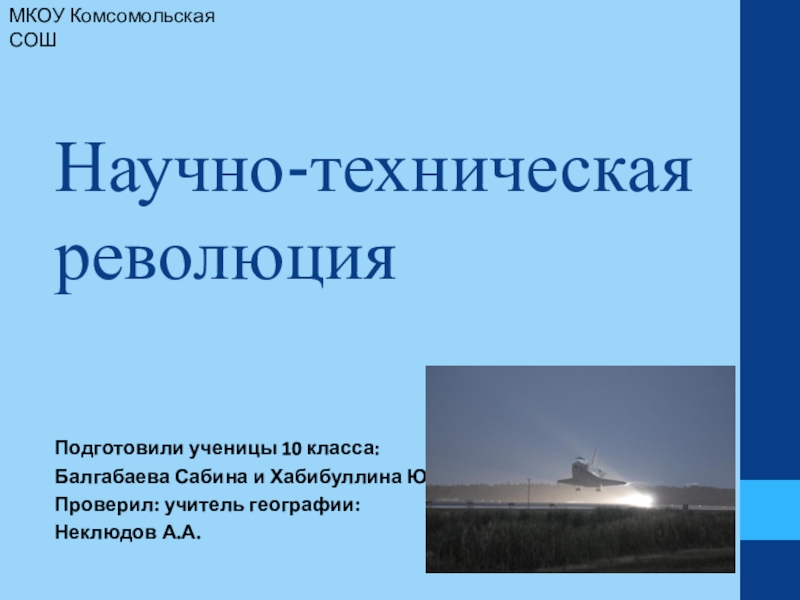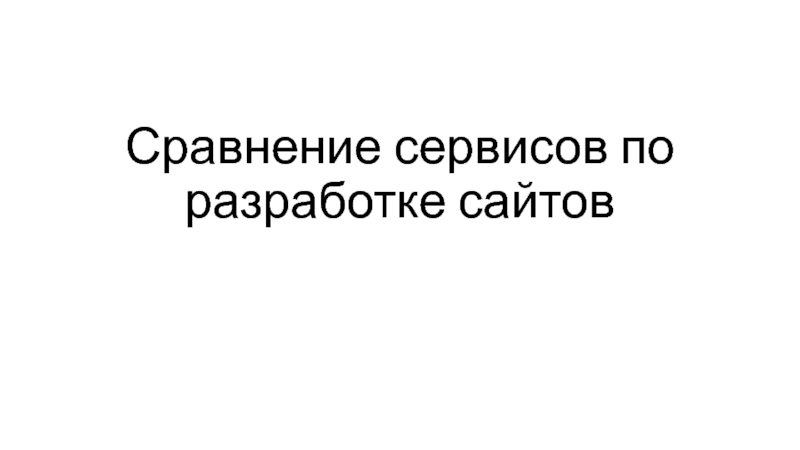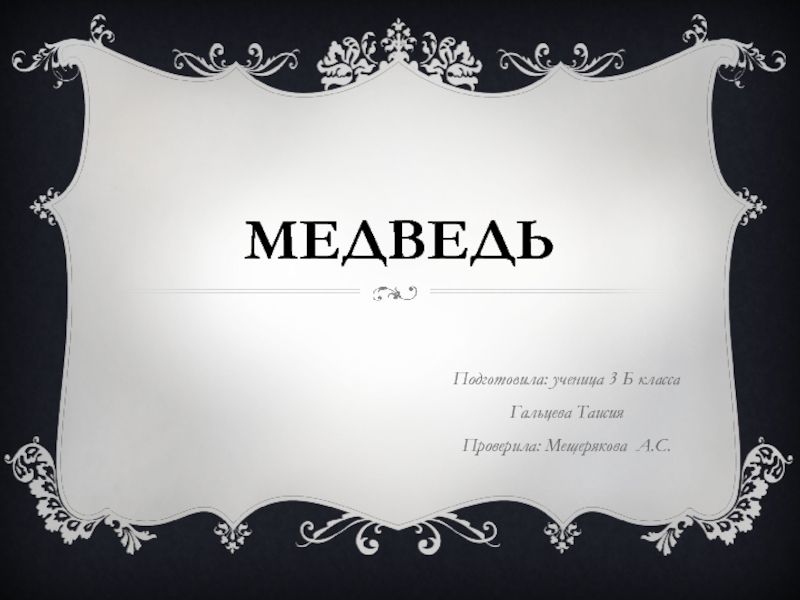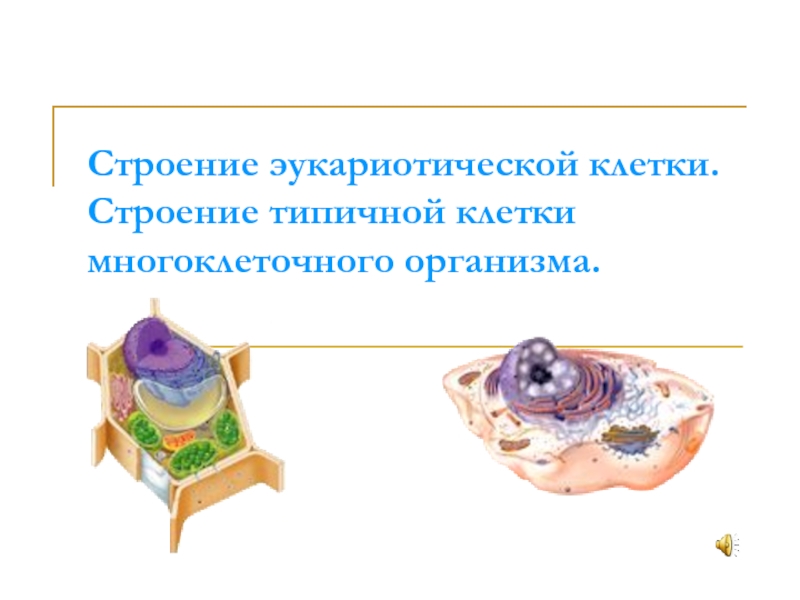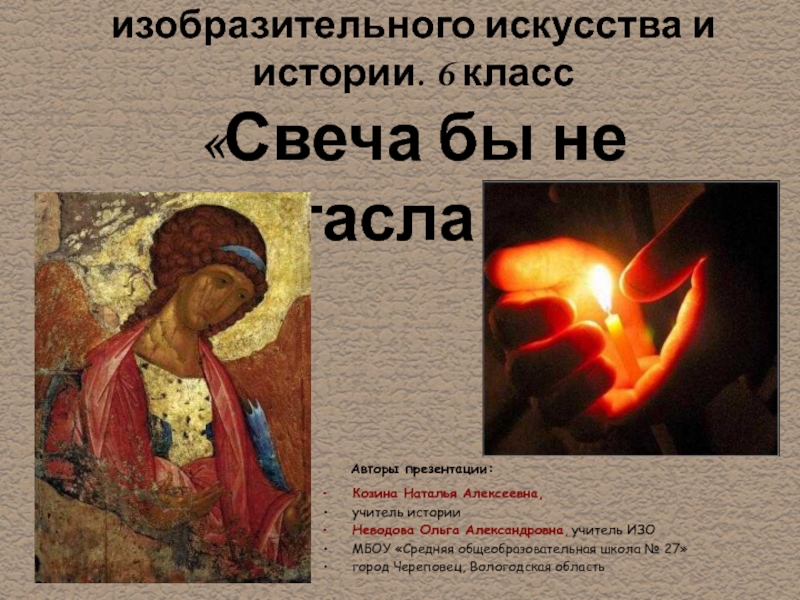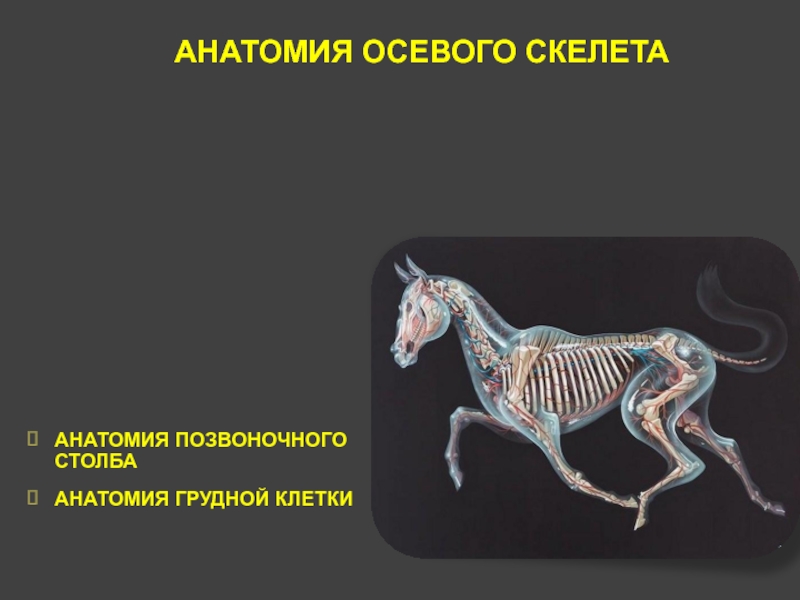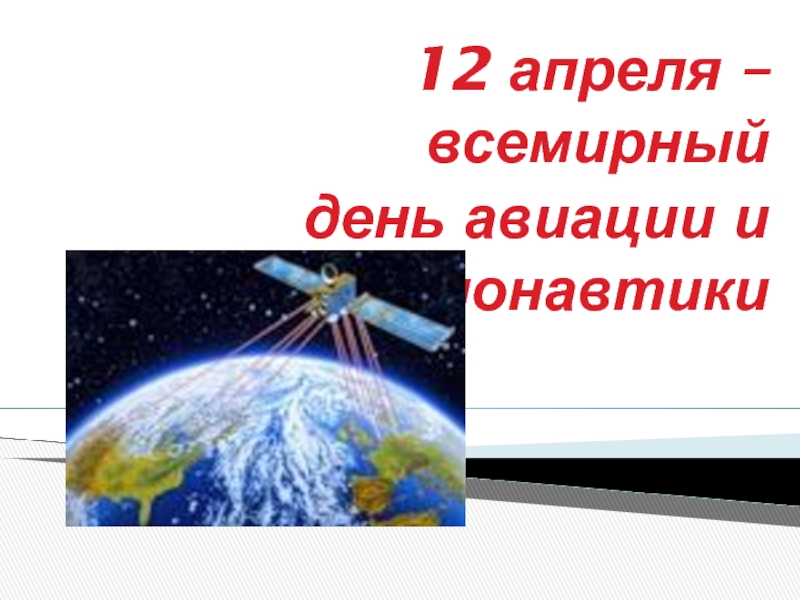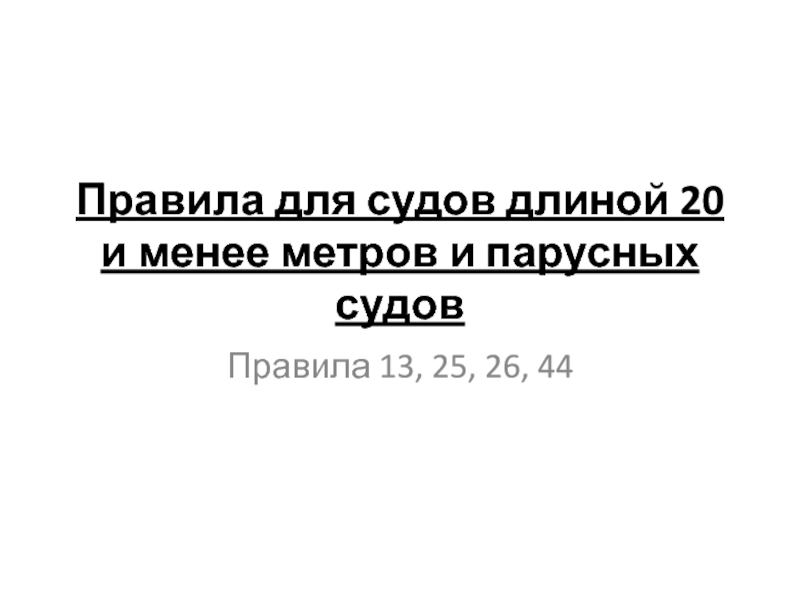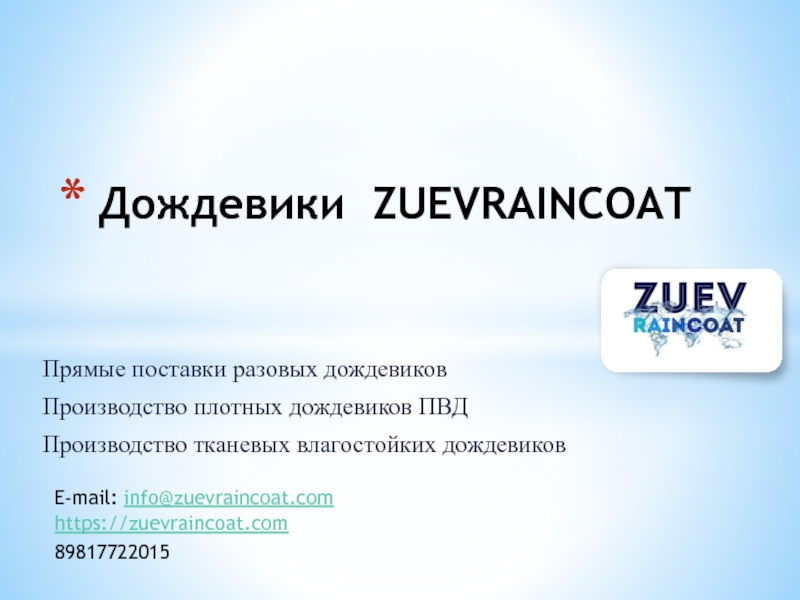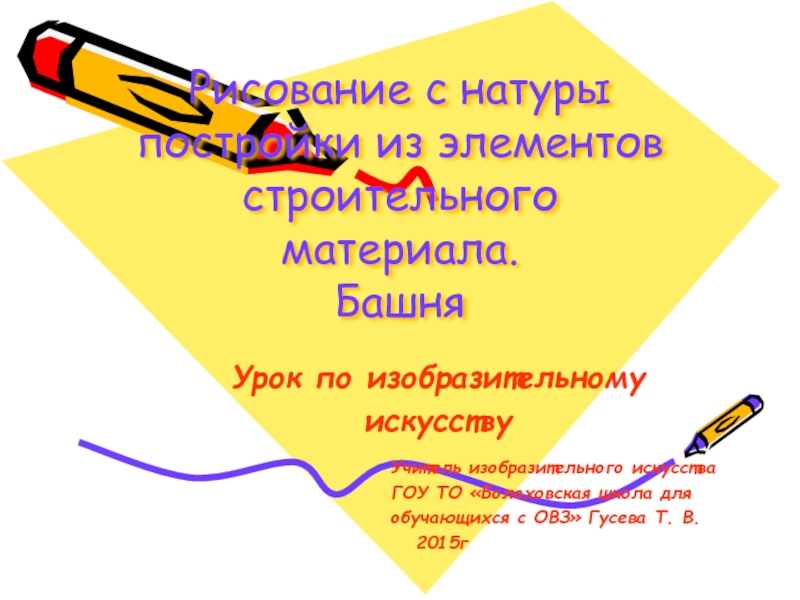Слайд 2History of US cultural diplomacy
1898 – American-Spanish war (gained Philippines
and the Caribbean) – start of cultural diplomacy
During the
First World War following Germany – Propaganda
Creel Committee – 1917-1919 (information campaigns, scholarships for Europeans, cultural exchange, university exchange)
“How we advertised America” (before it – a negative image of US as nobody knew about it)
Слайд 3History of US cultural diplomacy
1930s – response to Nazi Germany’s
“cultural offensive” and USSR in Latin America
a Convention for the Promotion of Inter-American Cultural Relations
“Considering that the purpose for which the Conference was called would be
advanced by greater mutual knowledge and understanding of the people and
institutions of the countries represented…; and that such results would be
appreciably promoted by an exchange of professors, teachers, and students
among the American countries, as well as by encouragement of a closer
relationship between unofficial organizations which exert an influence on
the formation of public opinion …the Governments represented here have
resolved to conclude a convention for that purpose”
Слайд 4History of US cultural diplomacy
1936 – cultural department in State
department
1938 - a meeting on inter-American cultural cooperation
1939 –
II World War closer relations with Latin America
1942 – Voice of America
After the war - different views on the development of cultural diplomacy
After the War – cultural programs for Germany and Japan
1948 - the United States Information and Cultural Exchange Act (promotion of liberal values for the global elite)
1990-es – concept of cultural transfer (dialogue between cultural values)
More profound cultural programs in terms of the Cold War
Слайд 5Digital diplomacy in US (2010-2012)
Direct dialogue between the US and
active foreign bloggers
Creation of special sites and accounts
Transfer of technology
to foreign political leaders
Interest of State secretary of H. Clinton
Political instrument for support of liberal movements and values
Aims:
Social activism (fight for the citizen’s rights)
Cyber-dissidents (organization of street protests)
Digital activism (passive people who listen and transfer the information)
Слайд 6Digital diplomacy in US (2010-2012)
Special sites (Alliance for youth movements,
voices for democracy, Movements.org) for political and social activists
Creation of
viral videos (democratic videos)
Representation of political units in Facebook to contact foreign audience (followed by France, Russia, Iran)
Twitter-diplomacy (retweets and hashtags) and online conferences
Local social networks (Afghanistan Twitter, Cuba Facebook, etc)
Conference on Cyber Dissidents, Global success and Challenges
Слайд 7THE RESULTS OF B.OBAMA PUBLIC DIPLOMACY
2013 – Concept of strategic
communication (propaganda) in public diplomacy of USA (short information campaign)
Center
of antiterrorist communication (rapid reaction to anti-American announcements)
2016 – change in the law of external informational activity ( channels must coordinate its information with external policy of the USA)
The new beginning of the Cold War (return to propaganda in Russia – channel Current Time)
Following the ideas of H.Clinton about the support of activists in the Internet
Anti terrorist movement (anti-ISIS)
Anti-propaganda department in State department - using active bloggers, deleting of terrorist accounts in Google, Facebook, Twitter
Слайд 8US anti-terrorist diplomacy in Afghanistan and Pakistan
2014 – stabilization
of the situation
Find some moderate people in the local society
create local elite from them
Creation of new channels (against propaganda of Taliban and Al-Qaida)
the 24\7 hour control
Results
SMS – propaganda
New channels with new TV programs (civil rights, role of women, change of the image of police and army) – 65% of population
Radio “Free Afghanistan” and “Radio Ashna”
Active radio stations in frontier regions (not very popular -11% of people in these regions)
Still the US government is losing
Слайд 9Middle East
From the end of the 19th century: religious movements,
private schools, charity funds
Cold War:
THE USA didn’t try to
create its positive image
Oil is the most important
The elite wasn’t ready to follow the western educational patterns
Cultural policy of the USSR (necessity to restrain USSR)
Educational programs for military
Wide spread of English
1990-es – reduce of cultural programs due to collapse of the Soviet Union 2000-es anti-American mpvements
Слайд 10Middle East
2000-es:
Skilled military men educated in the US
Good knowledge
of English
Anti-Americanism
Terrorist attacks 2001
Слайд 11Middle East
2003 – the beginning of cultural diplomacy for
the Middle East
Middle East Partnership Initiative (MEPI)
The aim:
The democratization of
the society (political parties, role of women, loyal youth)
The reform of the educational system
The create of a new elite with western education
Shared values campaign
(happy Muslims living in US)
Fail!!!!
Слайд 12Middle East
2004 – new channel “Al-Horra” for Arab countries
(documentaries: Arabs have a hand in developing America, positive response)
Youth
programs for active youngers (from 1998 till 2009 – 19 times rise)
Women emancipation (new programs for women – business programs, political programs)
English learning (program: “Access” short-learning program)
Слайд 13Russia
Steps:
Cold-war period (support of dissidents, not mass propaganda, traditional cultural
programs)
1990-es (construction of democracy – different social classes)
2000-es (support of
social activism – youth programs)
2015 – till now (support of dissidents)
Слайд 14Cold-war period
1955 – East-west exchange (creation of new youth, reforms
in 30 years)
Show the soviet society an American society (Gorbatchev)
1958
– treaty of programs of cultural diplomacy (5-7 people a year)
Voice of America in the beginning of 1960-es the ban of radio (jazz, nationalism among nations) – 10% of population
Cultural representation – exhibitions (new technologies, painters, everyday life of ordinary people – consumer society) – 1959 (5 million people in Moscow and Leningrad)
“Kitchen debates” between Khruchev and Nixon
Magazine exchange (destabilization of elite)
Слайд 15Post-soviet space
At first – the reduction of public diplomacy funds
and programs
Agency of international development – instrument for political reforms,
education of politicians, creation of parties and NGO
Aim: democratization and Americanization of new countries
1989 – Support for east European Democracy (SEED)
1992 – Freedom Support Act (FSA) – 2milliards dollars (Russia, Ukraine, Kirgizia, Armenia)
Support of parties and civil initiatives (each year changing of budget)
New structures for elections
New Mass media
Democracy Corps (creation of new system)
New structures for market economy
New educational system
Слайд 16Post-soviet space
1995-1996 – no to “Russian influence/Russian imperialism”
Ukraine –
the first priority (less support to Russia)
Creation of parties
and new election system
Creation of new independent mass media
Network of NGOs
Слайд 17Russia after the cold war
1992 – Freedom Support act
SABIT –
business traineeships for Russian entrepreneurs (19000 people)
American companies come to
Russian market
Creation of parties (“Yabloko”)
NGOs in regions 9protection of human rights), direct support of projects
2000-es – reduce of financial support for these projects
Experts noted that civil society in Russia is dying need for new strategy
Stimulation of public activity of citizens in different area (political, ecological, heath care)
Not very active use of the internet
Creation of association “Voice”
Youth exchange programs
Слайд 18Russia after the cold war
2014 – new strategy (“information diplomacy”)
Support
of social activists through the internet (B.Obama – Stand with
Civil society)
creation of new opposition leaders
From 2016 - regional hubs in Eastern Europe (Prague civil society centre)
Discretization of Russian interpretation of events (35 additional programs in Russian for post soviet space, massive support only in Ukraine)
Current Time TV – American interpretation of Russian news (youth from 15 to 24)
Слайд 19Education as an instrument of foreign policy
Influence on educational system:
Occupation
of the country (Germany, Iraq)
Aid in educational reform (Eastern Europe,
Russia)
National universities (American university in Egypt, Kirgizia)
Germany:
New disciplines (American studies, political science, humanitarian studies) to create a new student
Criticism: traditional conservative professors, elitism
Interdisciplinary method (professors are against)
New generation of young professors
Criticism from German professors
Structural change
Difficult to change the thinking of intellectuals (values are preserved)
Слайд 20Education as an instrument of foreign policy
1940-es – Europe is
far from American culture and values
Transatlantic consensus through education
“Reeducation
of Europeans”
“Reeducation of elite” – US orientation
“Reform of economy” – creation of consumer society
“Reeducation of intellectuals” (US influence, not USSR one)
New youth with liberal values
Atlantic institute of international relations in Paris
Spread of scientific and expert information about the unity Europe-US
Loyal and friendly discussions
New elite
Слайд 21Education as an instrument of foreign policy
Educational programs for new
managers (more than 15000, MBA program, reeducation of professors) –
1970-es
Trade unions (proliberal values)
Education for intellectuals – transfer of values (The congress for cultural freedom till 1967 – criticism of USSR)
Youth programs (new disciplines – European ideas, American studies, new textbooks, summer schools, NATO work)
Americanization of Europe
Anti-Americanism in universities
Слайд 22US cultural diplomacy
Mechanism:
Governmental approach
Foreign policy defines the priorities
Aims:
Political
(change of political culture, change of regime)
Educational (spread of values,
reform of educational system)
Creation of friendly atmosphere (loyal elite)
Effectiveness:
serious choosing of candidates – leaders
maintenance of the link with a graduate
communication with politicians, NGOs, journalists
Слайд 23US cultural diplomacy
Trends:
Information programs and propaganda (short information campaigns,
emotions, social networks, monologue propaganda against fact-checking)
Post-truth society
Слайд 24Trends in US cultural diplomacy
Active involvement in – and funding
for – cultural diplomacy programs by the federal government has
most often been stimulated by a perceived foreign threat or crisis
There may therefore be special challenges in maintaining the government’s interest and funding, to say nothing of the creativity of its cultural diplomacy activities, in times when there seems to be less of a foreign policy threat
The new threat to American security posed by international terrorism after September 11, 2001, is bound to have pervasive effects on the nature and direction of American cultural diplomacy
In the world of American cultural diplomacy, there has often been a thin line between making the case for America’s perceived interests, the “propaganda” side of United States information programs, and the softer side of U.S. cultural diplomacy, the programs that primarily emphasize the two-way building of cultural understanding, with all that implies
Слайд 25Trends in US cultural diplomacy
Foreign policy making and domestic policymaking
are inextricably intertwined
Government organizational structures and government reorganizations of the
federal government’s cultural diplomacy activities have involved some very real stakes and some very real policy values
Programs in cultural diplomacy are often strongest if they have a firm institutional base, grounded in legislation, and when they have strong support at the top of the federal government
Cultural diplomacy programs also may benefit if they are fortunate enough to develop a political constituency that cares about those programs
Programs remain an important aspect of the policy despite budget difficulties
Some of the fundamental goals of cultural diplomacy appear to be like the value of the arts
